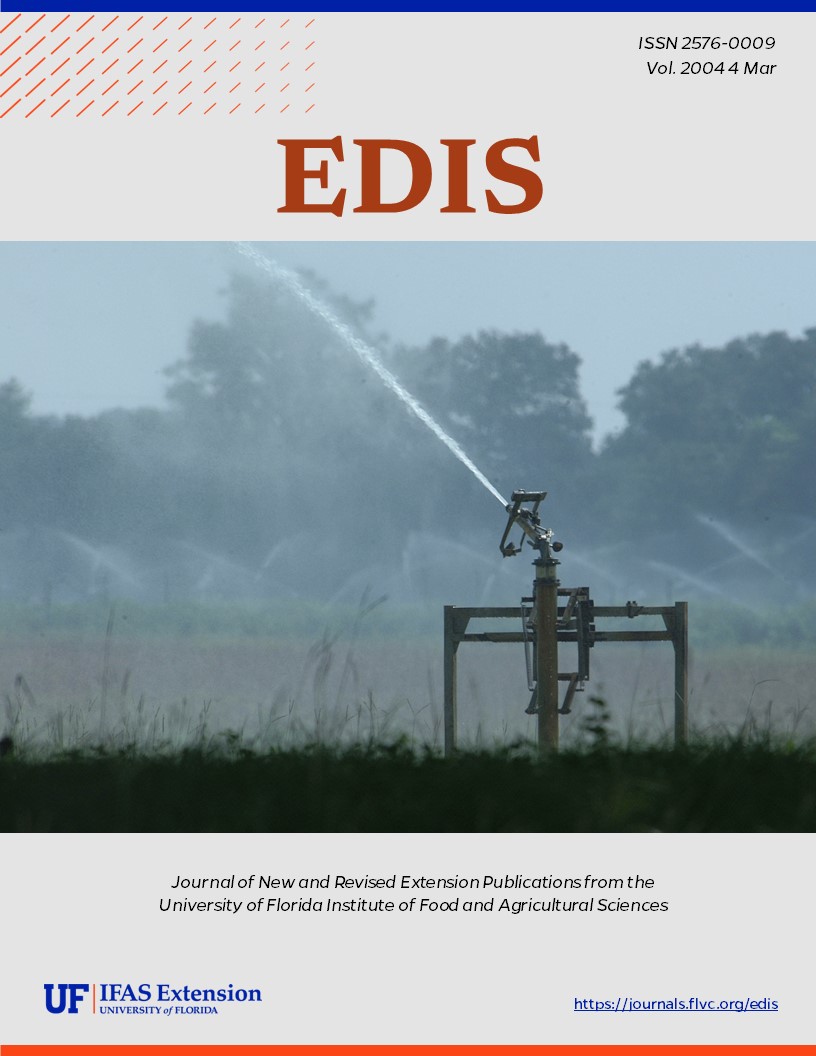Abstract
In an effort to alleviate concerns voiced by the general public, the Florida LAKEWATCH (FLW) program published this 16-page booklet that discusses five of the most common natural causes of fish kills including: low dissolved oxygen; spawning fatalities; mortality due to cold temperatures; diseases and parasites; and toxic algae blooms. Human-induced fish kills are also covered along with a section on fish stress—a component of virtually every fish kill situation. The last section of the circular provides steps one can take to determine the cause of a fish kill. This includes a listing of fish health diagnostic laboratories for those who want to take a more active role and are willing to collect fish and/or water samples for analysis. This is the seventh in the Beginner's Guide to Water Management series, which is a series of information circulars provides a basic introduction to the terminology and concepts used in today's water management arena.
Cir107/FA104: A Beginners Guide to Water Management—Fish Kills (ufl.edu)

